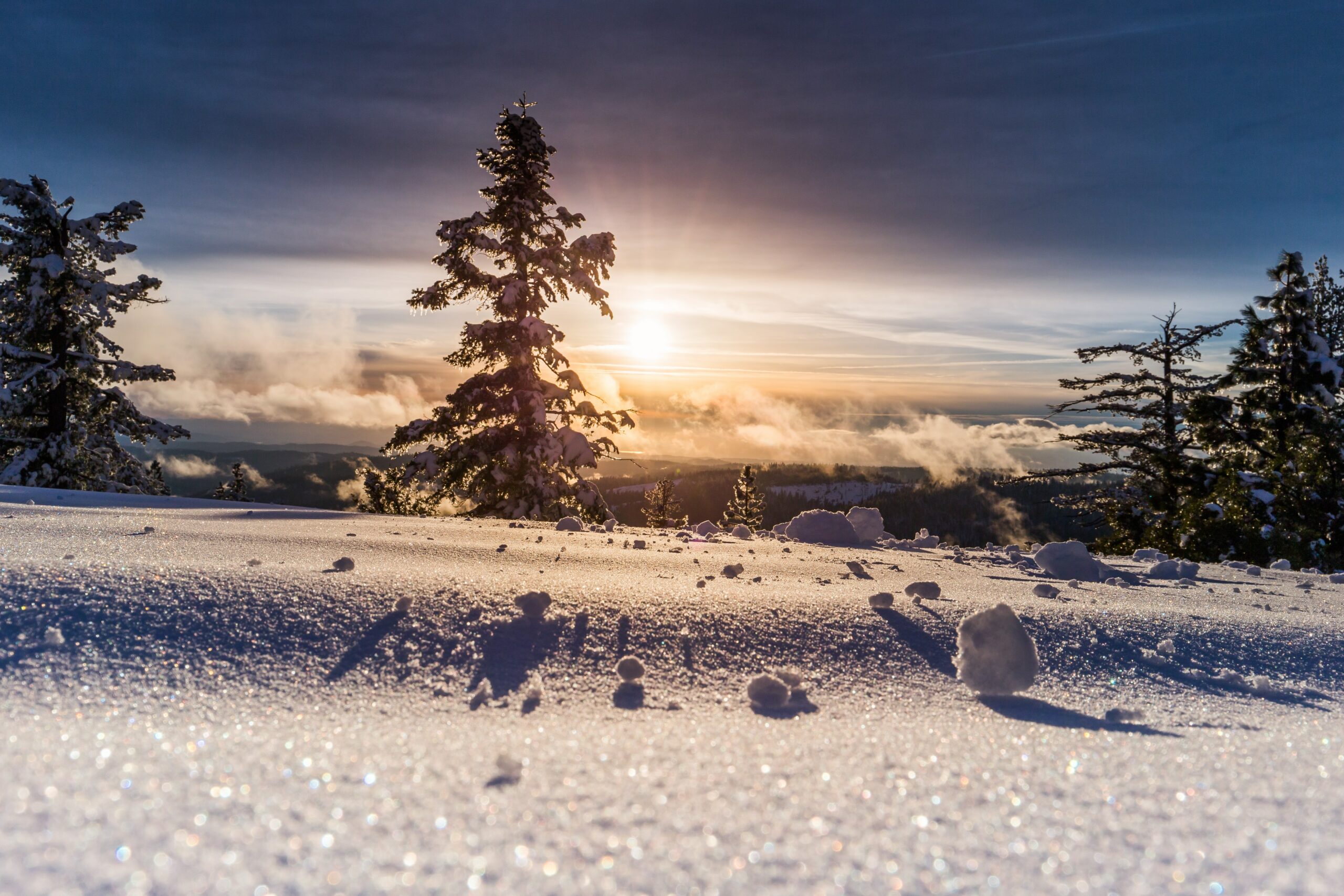What is the Winter Solstice?
In this blog post, we will explore the fascinating phenomenon known as the Winter Solstice. This celestial event holds significant cultural and historical importance across various civilizations and continues to be celebrated in unique ways around the world. Join us as we delve into the history, significance, and traditions associated with the Winter Solstice.
History of the Winter Solstice
Originating from ancient civilisations, the Winter Solstice has captured the curiosity of humanity for centuries. Dating back to prehistoric times, early cultures recognised the solstice as a crucial turning point in the astronomical calendar. From Stonehenge in England to the Mayan pyramids in Central America, ancient civilizations erected monumental structures aligned with the solstice, showcasing their deep understanding of celestial movements.
Significance of the Winter Solstice
As the shortest day and longest night of the year, the Winter Solstice holds immense symbolic and spiritual significance. Symbolising rebirth and renewal, this celestial event marks the gradual return of light and warmth, offering hope during the cold winter months. Many cultures view the Winter Solstice as a time for introspection, gratitude, and setting intentions for the coming year.
Cultural Celebrations and Traditions
Across the globe, diverse cultures have developed rich traditions and celebrations surrounding the Winter Solstice. From the Yule festivities in Scandinavia to the Dongzhi Festival in China, each culture infuses its unique customs, rituals, and folklore into their winter solstice celebrations. These traditions often involve gathering with loved ones, lighting fires or candles, and feasting on traditional seasonal delicacies.
Astronomical Explanation of the Winter Solstice
From an astronomical perspective, the Winter Solstice occurs when the Earth’s axial tilt is farthest away from the sun, resulting in the shortest day and longest night of the year. This phenomenon is a result of the Earth’s elliptical orbit around the sun, combined with its tilted axis. As a result, certain regions experience more extreme variations in daylight hours, while others witness milder changes.
Winter Solstice Around the World
Geographically diverse, the Winter Solstice is celebrated and observed in various ways worldwide. In the Northern Hemisphere, countries such as Iceland, Sweden, and Russia embrace the solstice with vibrant festivals, bonfires, and traditional rituals. In the Southern Hemisphere, countries like Argentina, Australia, and New Zealand mark the Summer Solstice, celebrating the peak of the sun’s power and longer daylight hours.
Modern Interpretations and Festivities
While rooted in ancient traditions, the Winter Solstice has also found modern interpretations and festivities. Contemporary celebrations often blend ancient customs with modern elements, creating a unique and inclusive experience for all. From yoga retreats and meditation practices to music festivals and art installations, people from all walks of life come together to honour and celebrate the Winter Solstice in their own meaningful ways.
Conclusion
As we conclude this exploration of the Winter Solstice, we are reminded of the deep connections between humanity, nature, and the cosmos. This celestial event serves as a powerful reminder of the cyclical nature of life, offering us an opportunity to reflect, celebrate, and embrace the changing seasons. Whether through ancient traditions or modern interpretations, the Winter Solstice continues to captivate our imaginations and inspire us to find light within the darkest of times.
And with that, we have reached the end of our journey through the Winter Solstice. May the warmth and joy of this celestial event illuminate your path throughout the year ahead.
